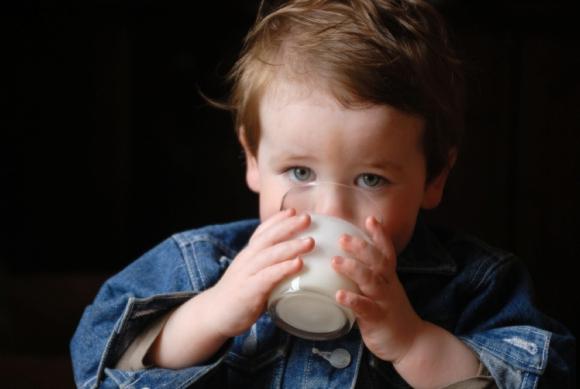Our society is rather ambiguous about such a thing as dairy cuisines. Some mothers are indignant at why they are not given recipes for dairy products, while others themselves refuse them, believing that everything is free - of poor quality and harmful. Let's objectively consider this phenomenon, having weighed all the pros and cons.
Children's dairy cuisine appeared in the USSR - a state that, as far as possible, took care of the younger generation. State control guaranteed the
quality of products intended for children. The socialist society, which proclaimed equality for all, did not gradate the population, and each child received access to dairy kitchens. Their main goal was to provide babies with necessary for normal development and growth, and high-quality sour-milk products suitable for the child’s body.
The state and society have changed, the era of capitalism has come. Dairy cuisines also changed their purpose, and the attitude of the state changed towards them. From time to time in the media you can read information about new laws adopted by the constituent entities of the Russian Federation in the field of
social support for the population. It is positioned approximately like this: “They achieved it! Children from
low-income families will receive “milk” in specialized centers! ” No one says that these points are located so that there is no way to get there, especially with a child. In order to get the right to free dairy products, you need to collect documents and "walk" through the courts. There is no particular guarantee that the products will be of the highest quality - poisoning of small consumers occurs from time to time.
Thus, in modern society, dairy cuisines have a pronounced social orientation. They are designed primarily to support low-income families. There is no definite answer to the question of who is entitled to the dairy cuisine due to the fact that it is decided on the ground in different ways. The following categories are more or less common for all of Russia:
- children under the age of 2 to 3 years (depending on the region) from families whose per capita income is below the subsistence level;
- children with chronic diseases up to 15 years old;
- disabled children under 18 years of age.
In connection with the above, children from middle-income families are in a constrained position. Their parents purchase dairy products in the store and also do not have confidence in the quality and acceptability of these products for children. Mommies who have time make kefirs and curds for their babies on their own. In this case, they can be really sure of the freshness and quality of the product. But not everyone has such an opportunity. Often, young mothers “negotiate” with the pediatrician and become consumers of dairy kitchens.

So, on the one hand, dairy cuisines are necessary, especially for the category of citizens who raise children in poverty, on the other hand, there is a need for dairy products adapted for children in middle and high income families. A good option may be a paid children's milk kitchen along with free (for socially vulnerable families). The state should change its attitude to control over product quality and ensure proper unified legislative framework for the whole of Russia so that a child whose parents are registered in another city or region is not deprived.